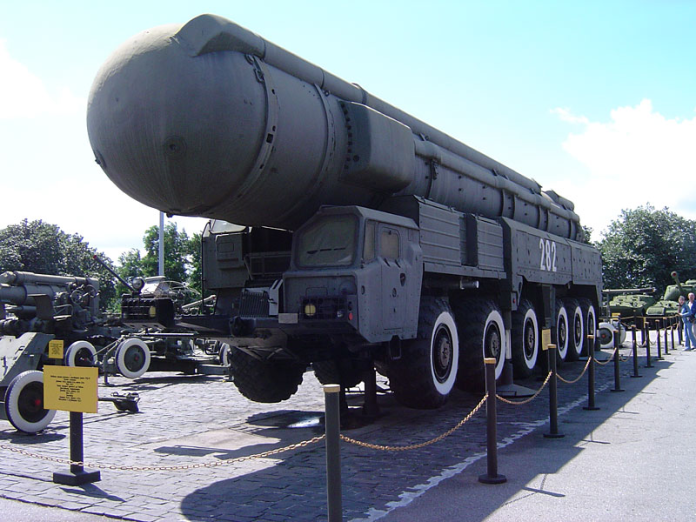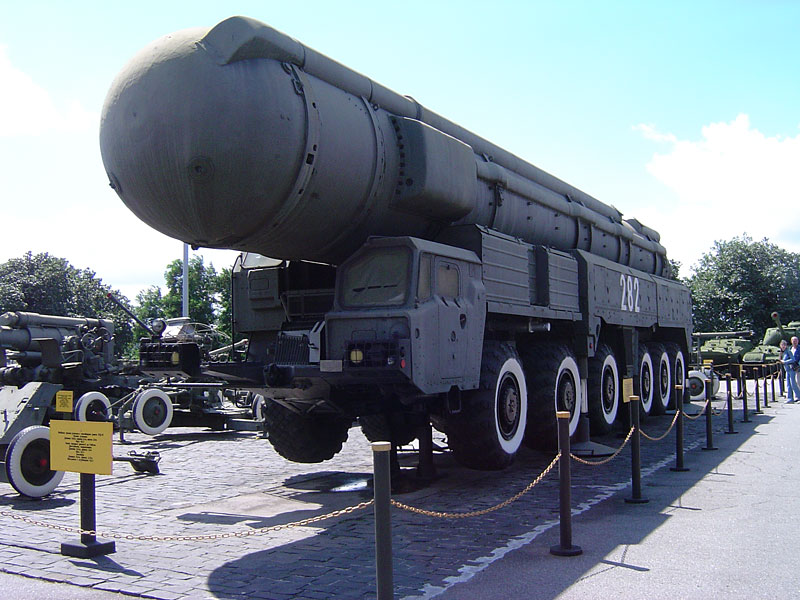
When Russia declared the official lifting of its moratorium on intermediate and short-range missiles, the focus of the world turned to the specter of a new arms race. But for experts in defense matters, the step did not come as a surprise but rather as a confirmation: Russian Iskander missiles have been stationed in Crimea since 2019, and the unveiling of the Oreshnik missile appears as much about psychological warfare as it does about battlefield innovation. The technical and strategic imperatives underlying this move, and the Oreshnik’s introduction, provide insight into the changing military dynamics in Europe and the engineering challenge of deterring such an attack.

1. Symbolism of Russia’s INF Withdrawal
Russia’s move to end its own moratorium on medium and short-range missile deployments is, practically speaking, symbolic. As noted by Andrii Kovalenko of Ukraine’s NSDC, “The Iskander missiles were already deployed in Crimea back then. Now they present this as a response to Western escalation and aid to Ukraine, but the meaning is purely propaganda.” The Kremlin’s move follows years of mutual accusations between Moscow and Washington over violations of the now-defunct INF Treaty, which banned ground-launched missiles with ranges between 500 and 5,500 kilometers. Since the collapse of the treaty in 2019, both parties have stepped up the development and deployment of such systems, increasing the stakes for regional stability by bringing back missile classes previously deemed too destabilizing for Europe.
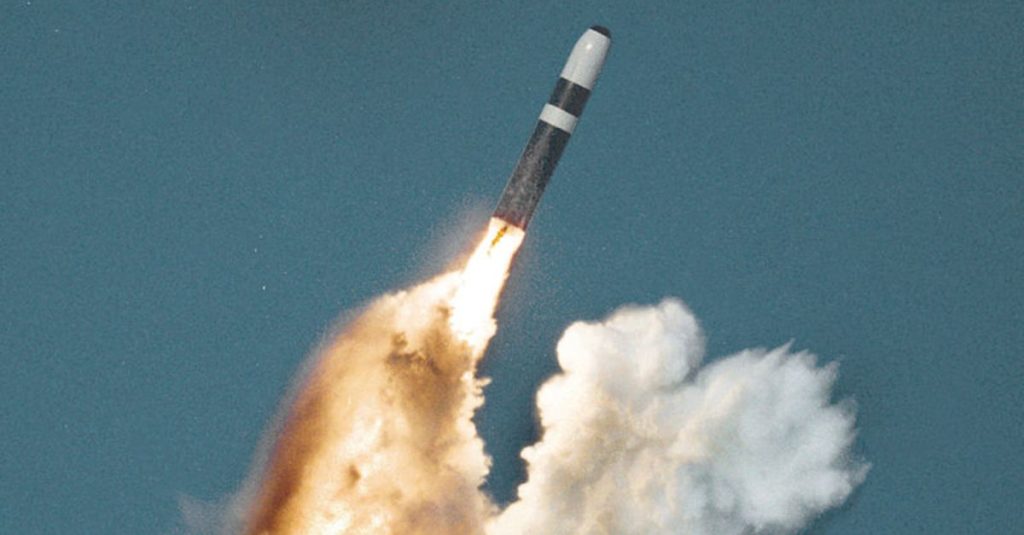
2. Oreshnik: Technical Capabilities and Battlefield Debut
The Oreshnik missile, deployed for the first time in combat with a raid on Dnipro in November 2024, is a medium-range ballistic missile said to be built on the RS-26 Rubezh platform. The missile, according to President Vladimir Putin, has a speed of Mach 10 and can travel distances of up to 5,500 kilometers to hit targets. The missile’s design appears to incorporate multiple independently targetable reentry vehicles (MIRVs), with imagery from the Dnipro strike showing six warheads descending on target and reports suggesting each may deploy up to six submunitions a configuration reminiscent of theoretical “Rods from God” kinetic weapons delivering destruction through sheer velocity.
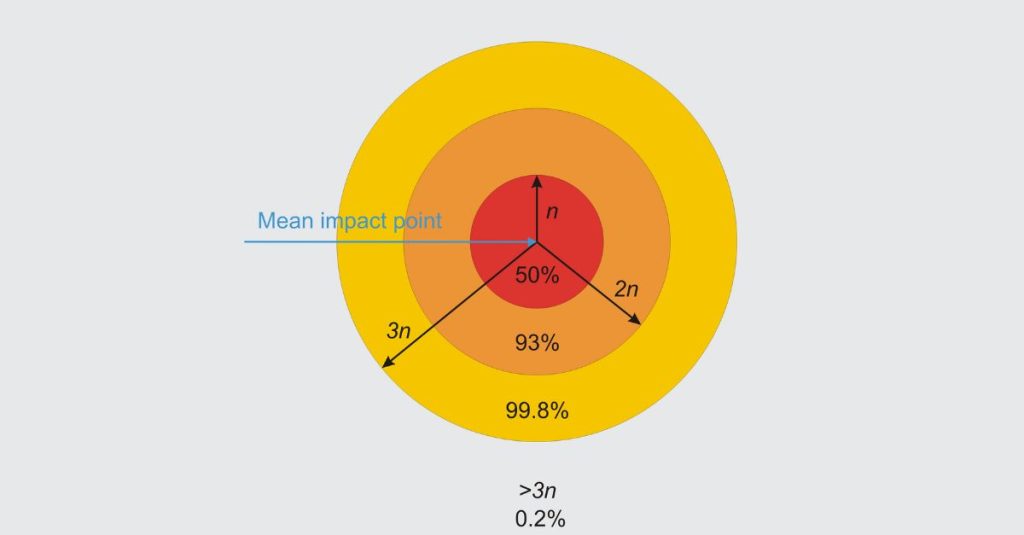
Yet, the Oreshnik’s true effectiveness is contested. U.S. officials have stated, “Russia likely possesses only a handful of these experimental missiles.” Technical assessments suggest that, while the missile’s kinetic warheads can inflict significant localized damage, their lack of explosive payload and questionable accuracy likely a circular error probable (CEP) of over 100 meters limits their military utility against hardened or point targets. For instance, the strike on Dnipro smoldered and destroyed a rehab center and industrial sites; however, no large explosions prove warheads depended more so on kinetic impact rather than conventional explosives with results similar to that of several Iskander-M missiles.

3. Engineering Challenges: Hypersonic Speed and Missile Defense
Putin boasts in a statement, “Existing modern air defense systems worldwide, including the missile defense systems created by Americans in Europe, cannot intercept such missiles. It’s impossible.” At Mach 10, Oreshnik’s reentry vehicles would actually strain the engagement windows of such existing systems as Patriot, which are designed to handle lower-speed threats. The plasma sheath that forms in hypersonic reentry makes both guidance and interception more difficult, blurring radio signals and making course correction impossible. Although the U.S. Pershing II achieved a CEP of 30–40 meters by slowing to Mach 3 and using radar terrain mapping, such precision at Mach 10 remains elusive due to the technical challenges of hypersonic navigation.
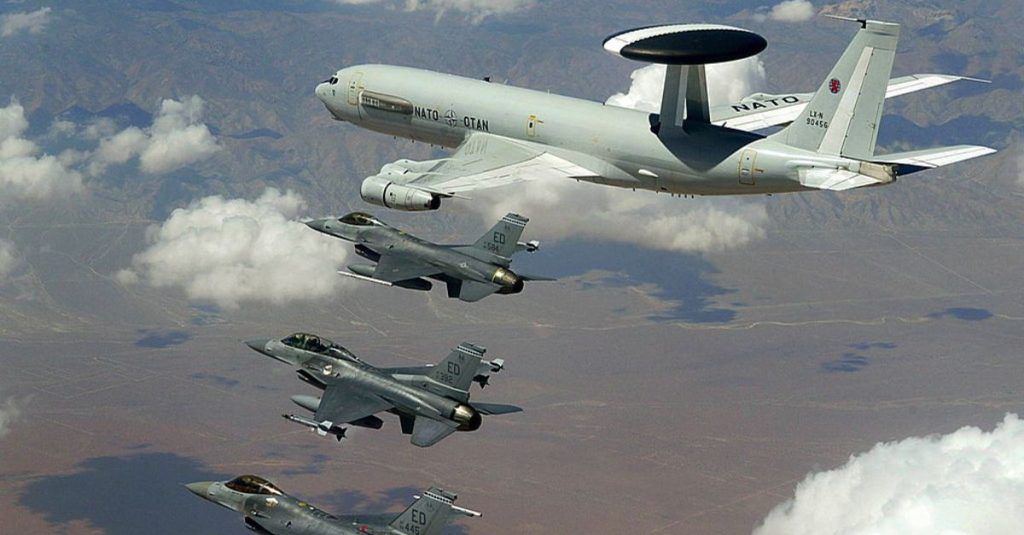
4. Strategic Messaging and the Role of Oreshnik in Belarus and Crimea
Moscow’s publicization of the Oreshnik is less about shifting the tactical balance in Ukraine and more about signaling to NATO. The Oreshnik is a ground-to-ground medium-range ballistic missile, apparently a modernized version of the RS-26 Rubezh, Russian sources believe, adding that it can deliver both nuclear and conventional warheads. Its deployment in Belarus and Crimea is an instrument of intimidation, which allows Russia to exert its influence across Europe and makes NATO’s defense planning more complicated. Putin’s threat that “Moscow could use it against Ukraine’s NATO allies who permitted Kyiv to utilize their longer-range missiles to attack within Russia” highlights the missile’s role in Russia’s escalation-for-leverage doctrine by menacing capitals from Warsaw to Berlin.
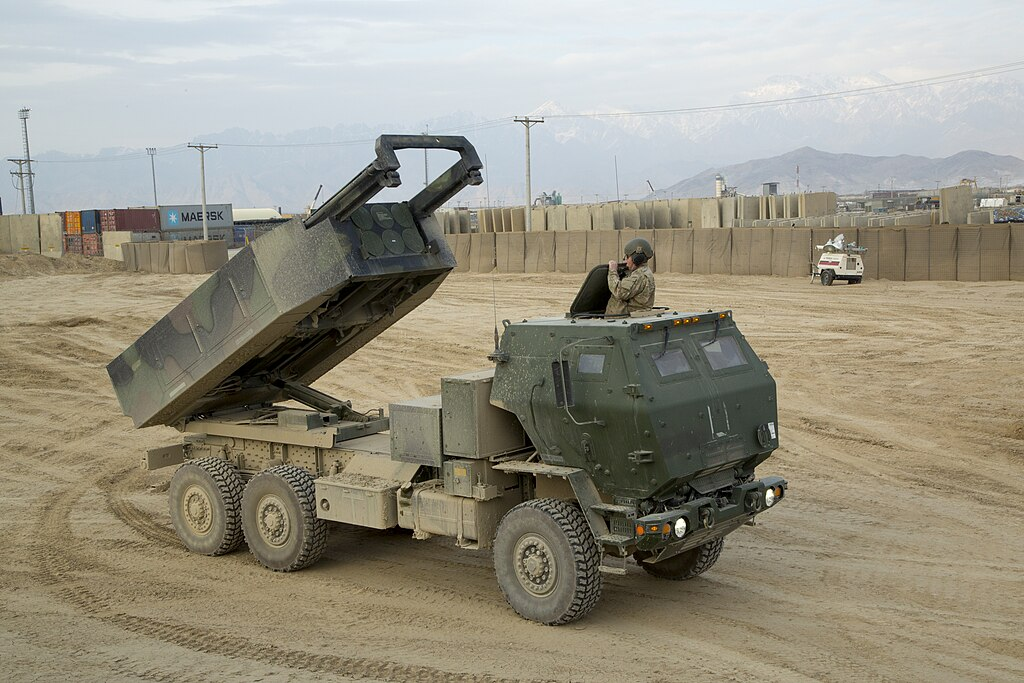
5. The Collapse of the INF Treaty and Verification Technologies
The collapse of the INF Treaty removed a pillar of European security architecture. Its solid verification regime, such as site inspections and satellite monitoring, gives assurance of compliance and transparency. The collapse of the treaty created a vacuum, as now both Russia and the U.S. are free to develop and deploy systems which had been banned. Russia’s claims that U.S. deployments of missiles such as HIMARS in Ukraine are a breach of INF limits are not based on technical grounds, but have the purpose of excusing its own escalation deployments and deflecting responsibility for the new arms race.
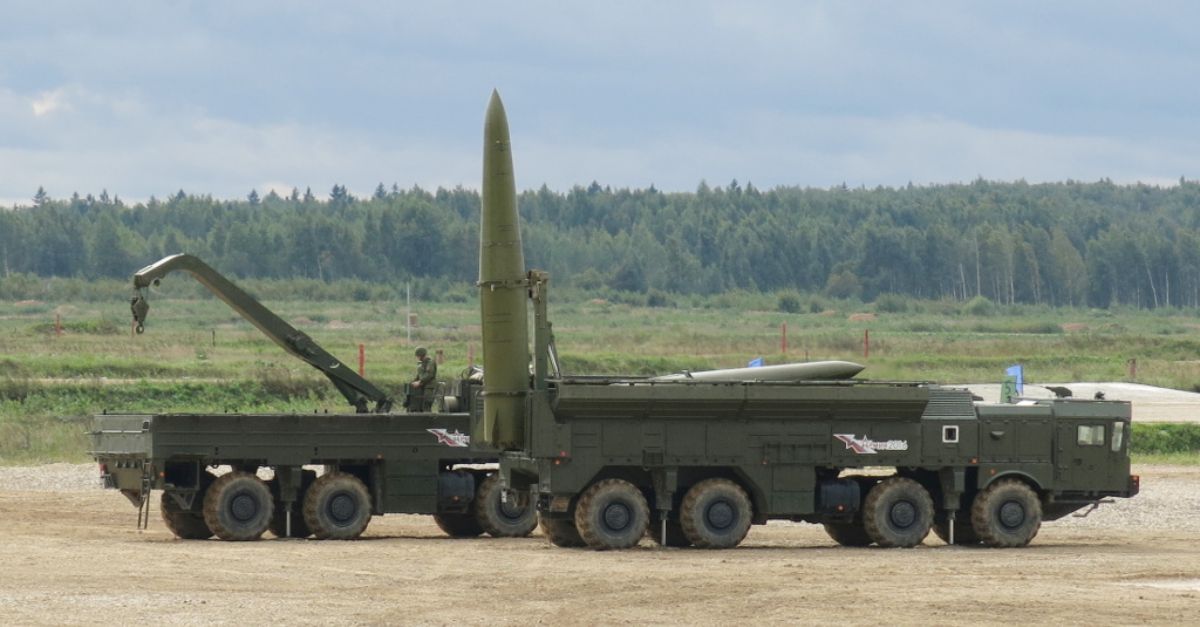
6. European Missile Defense and the Deep-Strike Dilemma
The Oreshnik’s deployment, together with the ongoing presence of Iskander and 9M729 (SSC-8) missiles, has highlighted the limitations of European missile defense. While systems like Patriot have proven effective against some Russian missiles, defending against a saturation attack by MIRVed, hypersonic vehicles is a formidable engineering challenge. As one commentator noted, “Missile defense must be part of the solution, but providing an effective missile shield over all of NATO’s European territory would be technically impossible and excessively costly.” NATO’s changing response now incorporates designs for ground-launched deep-strike capabilities and the merging of U.S. systems like Tomahawk and Dark Eagle to end the deterrence gap by threatening retaliatory precision strikes and close the capability gap.
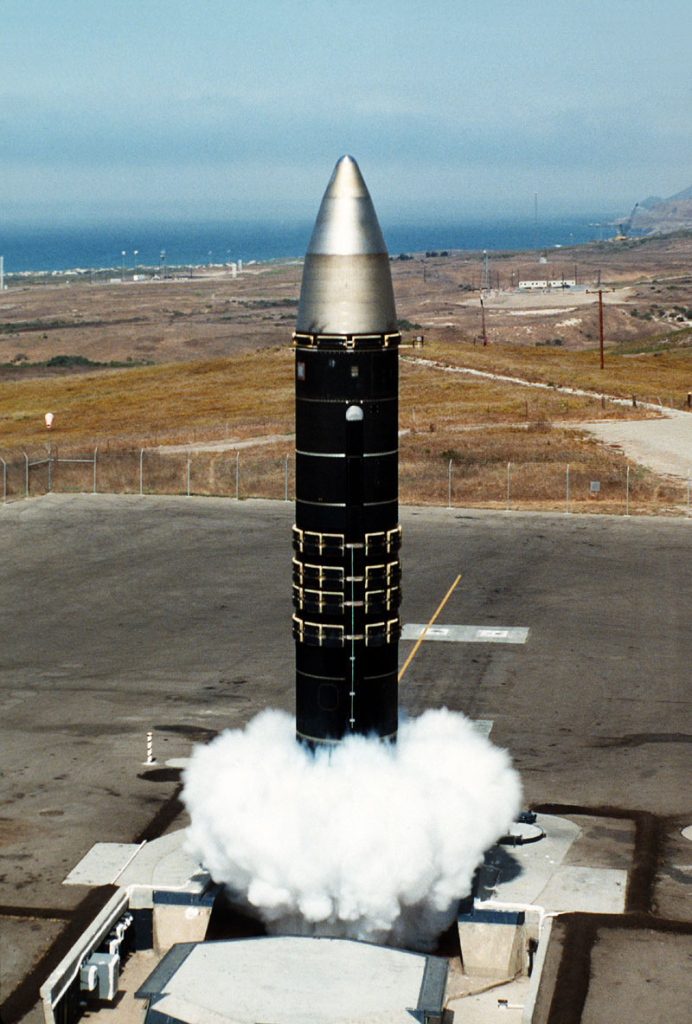
7. The Future of Strategic Stability and Arms Control
Testing and combat deployment of the Oreshnik missile are elements of a more extensive Russian plan for normalizing treaty-breaking systems and weakening the arms control regime. With the New START treaty set to expire in 2026, the failure to develop a follow-on framework increases the danger of further destabilization. Moscow’s narrative that its actions are defensive responses to Western deployments is intended to split NATO and erode public support for continued assistance to Ukraine. However, as one U.S. official underscored, Russia may be seeking to use this capability to try to intimidate Ukraine and its supporters, or generate attention in the information space, but it will not be a game-changer in this conflict.
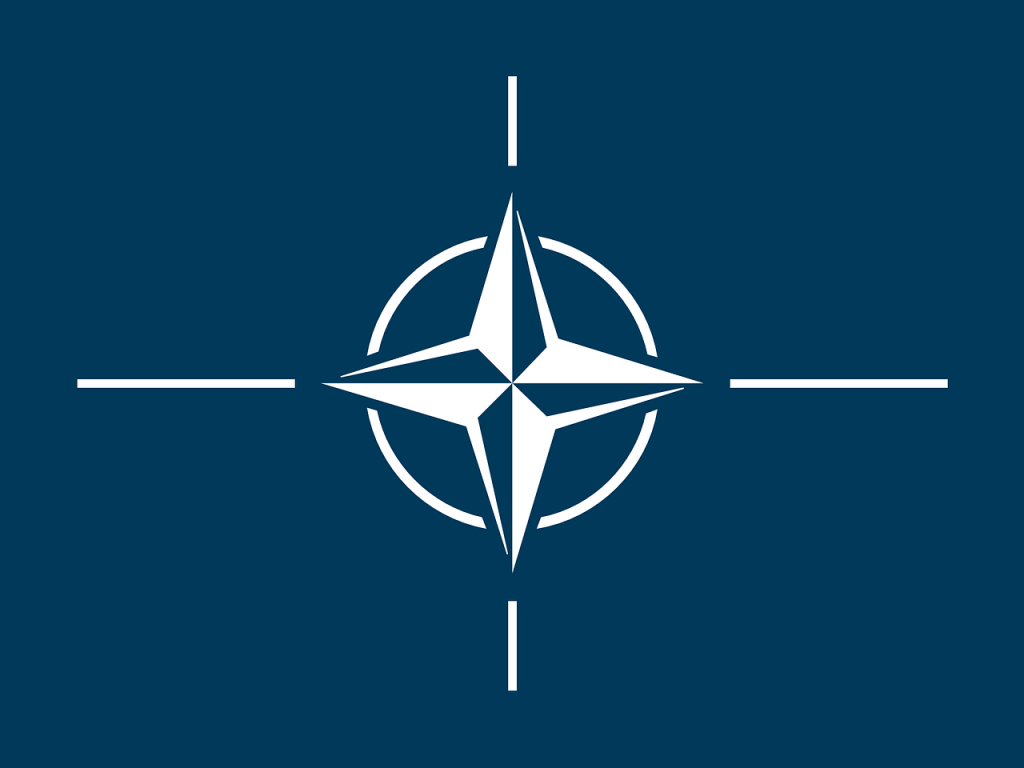
The technical, strategic, and psychological dimensions of Russia’s missile posture embodied by the Oreshnik underscore an urgent need for coordinated engineering, intelligence, and policy responses across the Atlantic.
